Lavender Plant
- October 31, 2023
- 0 comment
The lavender plant, with its scientific name Lavandula, is a beloved and versatile herb that has enchanted people for centuries with its captivating fragrance and numerous practical uses. Native to the Mediterranean region, this plant, known scientifically as Lavandula, is characterized by its slender, aromatic stems adorned with clusters of delicate, purple or blue-violet flowers. The lavender scientific name, Lavandula, is often associated with its unique qualities and widespread appeal.
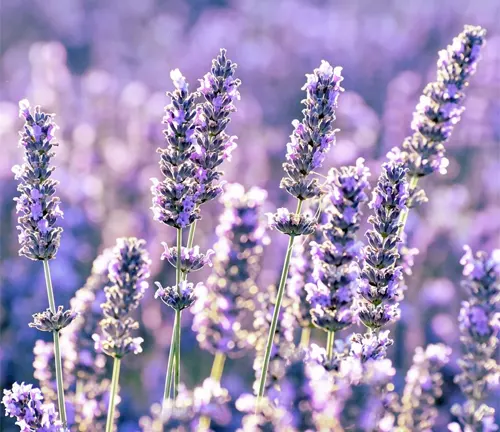
The plant has long been celebrated for its calming and soothing properties, making it a popular ingredient in aromatherapy and essential oil production. Lavender is also celebrated for its culinary applications, enhancing the flavor of dishes and desserts.
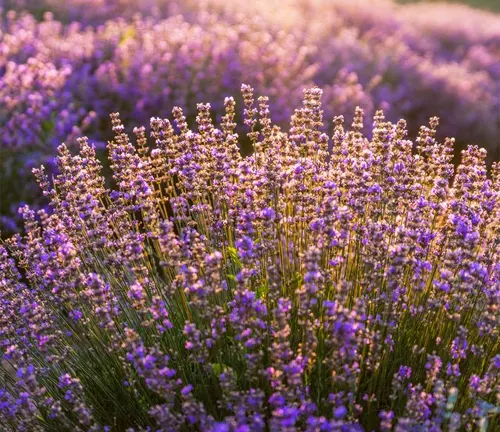
Furthermore, its enchanting beauty makes it a cherished addition to gardens, often attracting pollinators like bees and butterflies. Whether it’s for relaxation, culinary delight, or ornamental purposes, the lavender plant continues to be a cherished herb with a rich history and a bright future.
| Characteristics | Description |
| Scientific Name | Lavandula |
| Common Varieties | Lavandula angustifolia (English lavender), Lavandula stoechas (French lavender), Lavandula x intermedia (Lavandin), and more. |
| Family | Lamiaceae |
| Native Region | Mediterranean |
| Height | 1 to 3 feet (30 to 90 cm) |
| Foliage | Narrow, silvery-green leaves. |
| Flowers | Small, fragrant flowers in shades of purple, blue, or violet. |
| Fragrance | Lavender is known for its distinctive, soothing aroma. |
| Growing Zones | Typically hardy in USDA zones 5 to 9. |
| Sunlight | Prefers full sun (6-8 hours of sunlight per day). |
| Soil | Well-drained, slightly alkaline soil. |
| Watering | Moderately drought-tolerant, so avoid overwatering. |
| Propagation | Can be grown from seeds, cuttings, or transplants. |
| Common Uses | Aromatherapy, essential oil production, culinary flavoring, herbal remedies, and ornamental landscaping. |
| Wildlife Attraction | Attracts pollinators like bees and butterflies. |
| Blooming Season | Typically blooms in late spring to early summer. |
| Pruning | Prune after flowering to maintain shape and encourage growth. |
| Hardiness | Resistant to many pests and diseases. |
| Cultivation | Ideal for garden borders, herb gardens, and containers. |
| Harvesting | Harvest the flowers for culinary or aromatherapy use when in full bloom. |
| Additional Notes | Lavender has a long history of medicinal and cosmetic uses, and its essential oil is a popular ingredient in perfumes and skincare products. These specifications provide a comprehensive overview of the lavender plant and its characteristics. |
Botanical Beauty of the Lavender Plant
The Lavender plant, scientifically known as Lavandula, is a true botanical gem celebrated for its exquisite beauty. With slender, silvery-green leaves and clusters of delicate, aromatic flowers that come in shades of purple, blue, and violet, this herb is a visual delight. Its alluring appearance and distinctive fragrance make it a sought-after addition to gardens and landscapes, earning its reputation as a botanical masterpiece.
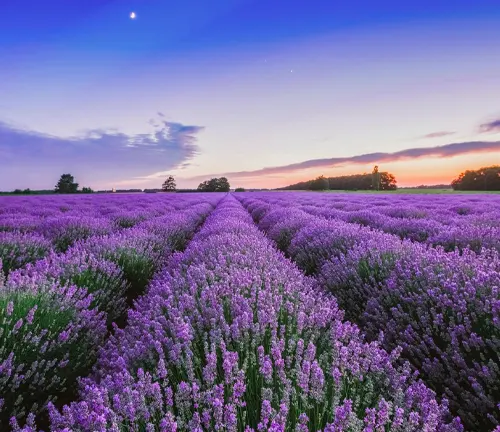
Woodland Elegance
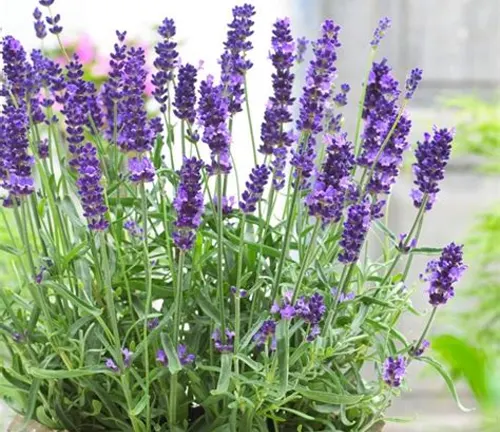
Lavender’s elegant appearance is not limited to gardens alone; it also graces wild landscapes. In its native Mediterranean regions and beyond, lavender brings a touch of woodland elegance to the countryside. It thrives in arid and sunny conditions, often dotting the landscape with its stunning blossoms. The contrast between its vibrant blooms and the rugged terrain adds a touch of natural sophistication to the wilderness.
Ecological Importance
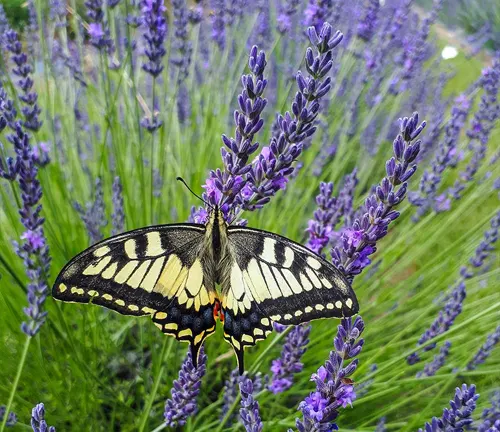

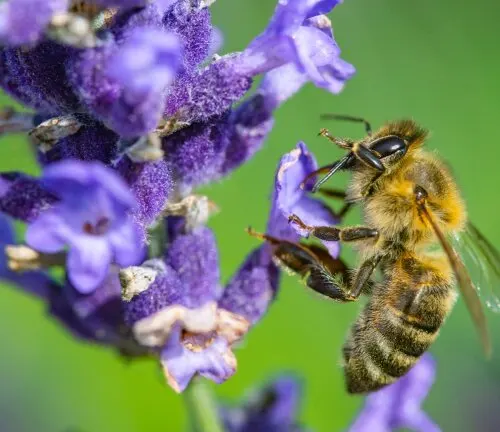
Beyond its aesthetic appeal, the lavender plant plays a significant role in the ecosystem. Lavender’s nectar-rich flowers attract pollinators such as bees and butterflies, making it an ecologically important plant. By supporting these vital pollinators, lavender contributes to biodiversity and the health of the surrounding environment.
Caring for Lavender Plant: Cultivation and Conservation
Cultivating lavender is both a labor of love and an agricultural pursuit. For those wondering how to care for a lavender plant, it’s important to note that to thrive, lavender requires well-drained, slightly alkaline soil and plenty of sunlight. Its hardiness and drought tolerance make it a popular choice for gardens and commercial cultivation. Additionally, understanding how to prune a lavender plant is crucial for its maintenance, as proper pruning contributes significantly to its growth and longevity. However, some lavender species face threats due to habitat loss and climate change, emphasizing the importance of conservation efforts to protect these charming plants.
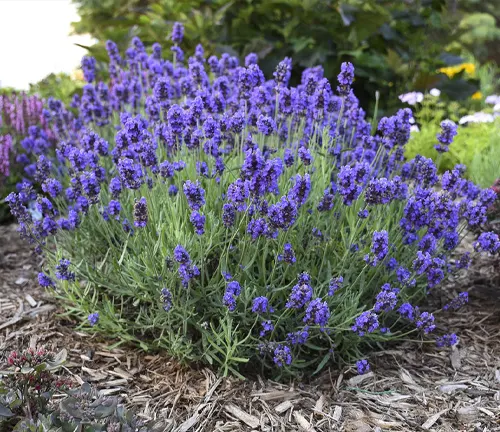
Fragrance
Lavender’s claim to fame lies in its enchanting fragrance. The essential oil extracted from its flowers is used in aromatherapy, perfumes, and various scented products. This distinct aroma is known for its calming and soothing effects on the mind and body, making it a treasured ingredient in the world of fragrance.
Soil Stabilization
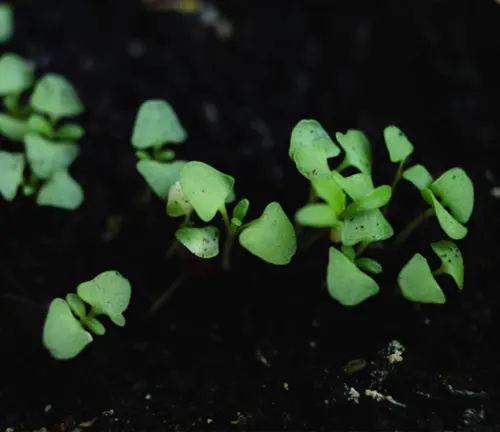
Lavender is not just a pretty face; it’s also a practical plant. Its deep root system aids in soil stabilization, reducing erosion in hilly or sloped areas. This ecological service, in addition to its ornamental value, makes lavender a valuable addition to landscaping projects, especially in regions prone to soil erosion.
Common Uses
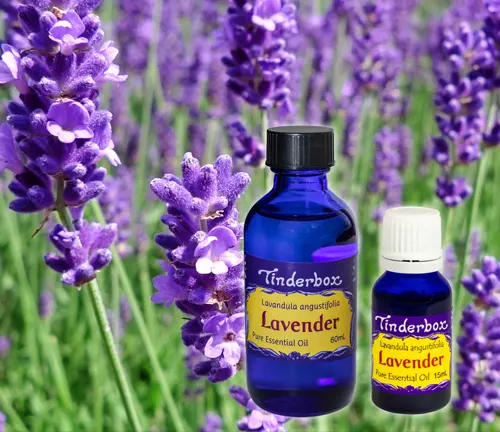
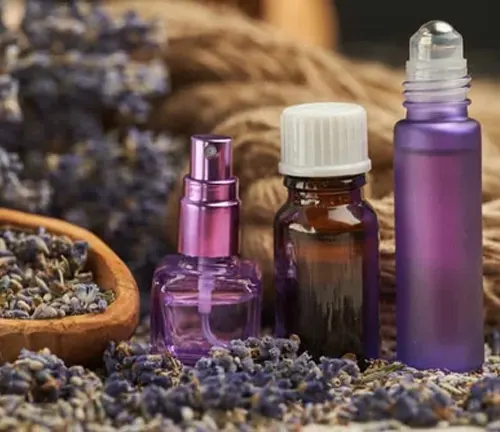
The uses of lavender extend far beyond its aesthetic and aromatic appeal, including numerous benefits of having a lavender plant at home. This versatile plant is a star in the culinary world, enhancing the flavor of dishes and desserts with its floral notes. It’s also a staple in herbal medicine, where it is believed to have a wide range of health benefits. From teas to sachets, lavender offers a multitude of applications. The benefits of lavender plant at home are diverse, ranging from its soothing scent that can enhance relaxation to its use in homemade natural remedies and skincare products.
Lavender Plant Benefits
Lavender is not just a treat for the senses; it also brings a host of benefits. Its essential oil is known to have calming properties, reducing stress and anxiety. It may aid in improving sleep quality and promoting relaxation. Additionally, lavender is a natural insect repellent, offering a chemical-free way to keep pests at bay. Notably, the lavender plant is excellent for deterring mosquitoes, making it an ideal lavender plant mosquito repellent. Its effectiveness doesn’t stop there; it’s also a well-regarded lavender plant bug repellent, offering a holistic and pleasant solution to pest control.
Different Species
Lavandula angustifolia
(English Lavender)
This is one of the most popular lavender species, known for its sweet fragrance and vibrant purple flowers. It’s commonly used in aromatherapy and for making lavender essential oil.
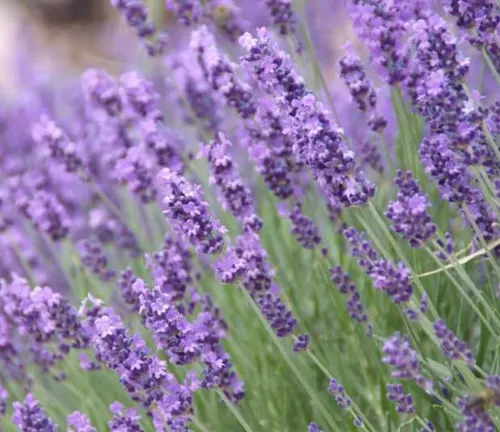

Lavandula stoechas
(French Lavender)
French lavender is easily identifiable by its tufted, pineapple-shaped flowerheads topped with distinctive “ears.” It’s a drought-tolerant species and is often used in ornamental gardens.
Lavandula x intermedia
(Lavandin)
Lavandins are hybrid lavender plants resulting from the crossbreeding of English and spike lavender. They are often cultivated for their higher oil yield and are used in essential oil production.
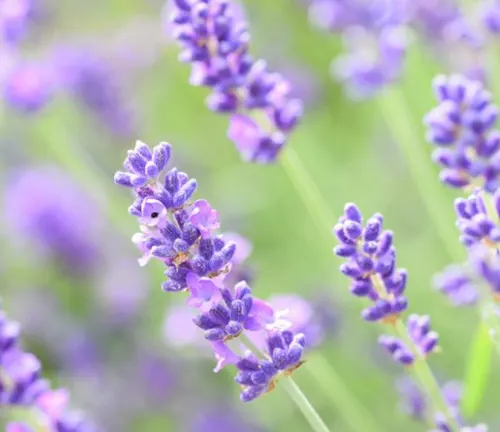
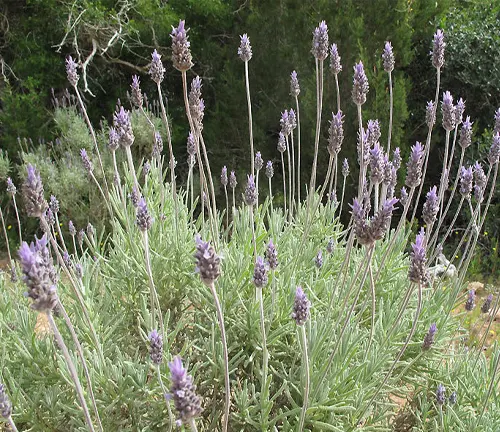
Lavandula dentata
(French Lavender)
This variety is known for its toothed or serrated leaves, which set it apart from other lavenders. It produces aromatic purple flowers and is often used in ornamental landscaping.
Lavandula latifolia
(Spike Lavender)
Spike lavender has broader leaves and is known for its strong camphor scent. It’s often used for medicinal and industrial purposes, such as in perfumes and cleaning products.
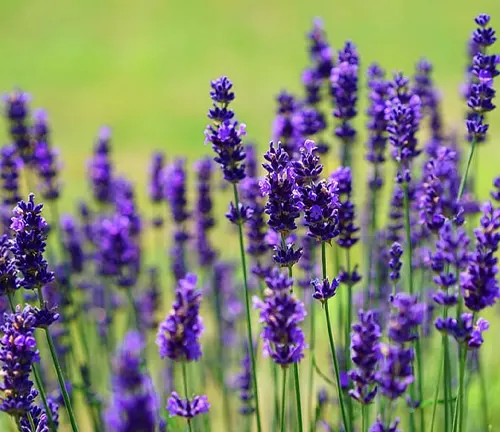
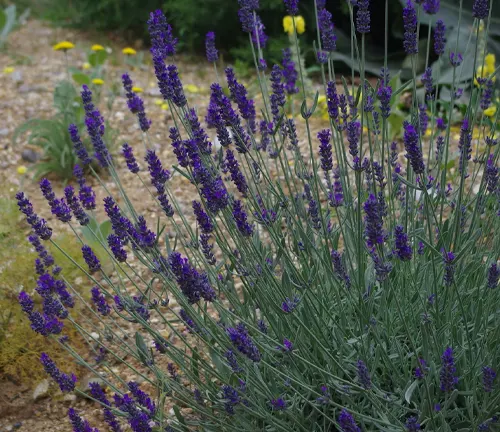
Lavandula lanata
(Woolly Lavender)
This species is recognized by its woolly, silvery-gray leaves. It’s a more cold-hardy lavender and is sometimes grown for its unique foliage.
Lavandula multifida
(Fernleaf Lavender)
Fernleaf lavender is distinctive due to its finely cut, feathery foliage. It produces bright purple flowers and is popular in Mediterranean gardens.
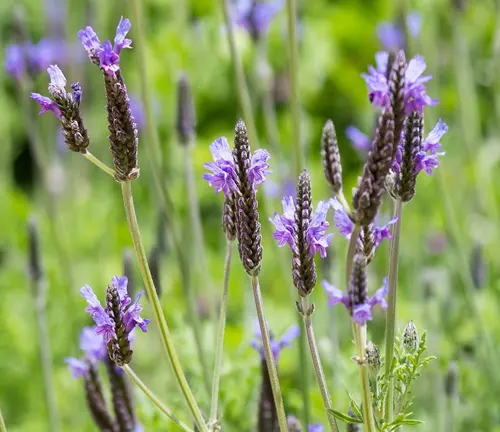

Lavandula pinnata
(Jagged Lavender)
This species is known for its deeply lobed, jagged leaves. It has tall spikes of lavender flowers and is native to regions like Spain and Portugal.
Lavandula pedunculata
(Butterfly Lavender)
Butterfly lavender is named for the resemblance of its flower spikes to butterflies in flight. It has a lovely fragrance and is attractive to pollinators.

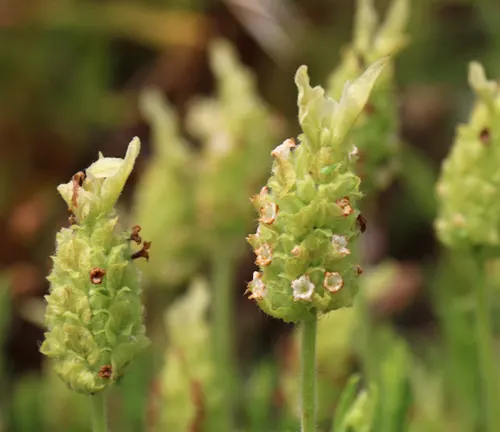
Lavandula viridis
(Green Lavender)
This lavender species stands out because of its greenish-yellow flowers and unique appearance. It’s less common than other lavender varieties.
Frequently Asked Questions (FAQs)
- When to Trim Lavender Plant?
- Answer: The best time to trim a lavender plant is after it has bloomed, usually in late summer or early fall. This pruning helps to prevent the plant from becoming woody and promotes healthy growth for the next season. Avoid cutting into the old wood, as lavender may not regrow from these parts.
- Is Lavender Plant Safe for Dogs and Cats?
- Answer: Lavender is generally safe for dogs and can even be used in products designed for them. However, it’s essential to use it in moderation as excessive ingestion can lead to digestive issues. For cats, lavender is usually considered non-toxic, but some cats may have a sensitivity to it. Ingesting large amounts of lavender can potentially cause nausea and vomiting in cats, so it’s best to be cautious.
- Where to Plant Lavender Outdoors?
- Answer: Lavender should be planted in a spot that receives full sun, at least 6-8 hours a day. It prefers well-drained soil and does not do well in areas that stay moist or waterlogged. Raised beds or slopes can be ideal for ensuring good drainage. Lavender also thrives in slightly alkaline soil.
- How to Care for Lavender Plants in Pots?
- Answer: When growing lavender in pots, choose a container with good drainage holes and use a well-draining potting mix. Water the plant when the top inch of the soil feels dry, but be careful not to overwater as lavender does not like to sit in wet soil. Place the pot in a location where it will receive plenty of sunlight. Pruning is also essential to encourage bushy growth and prevent the plant from becoming leggy.
- Does Lavender Spread?
- Answer: Lavender can spread to some extent, forming a larger bush over time. However, it does not aggressively spread or invade garden spaces. Regular pruning can help control its size and shape.
- Purple Plant That Looks Like Lavender?
- Answer: A plant that resembles lavender is the Russian Sage (Perovskia atriplicifolia). It has long stems with small, lavender-like purple flowers and a similar silvery foliage. Russian Sage is larger and more upright than most lavender varieties and thrives in similar growing conditions.


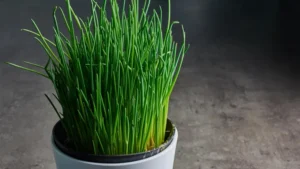
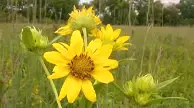
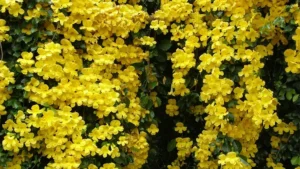
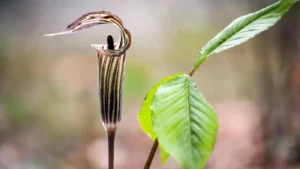

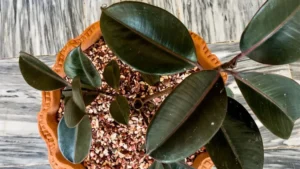


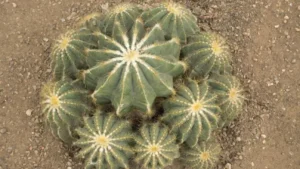
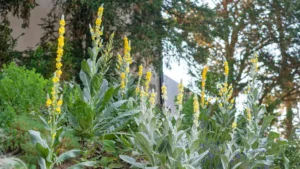
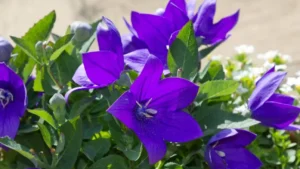

Leave your comment